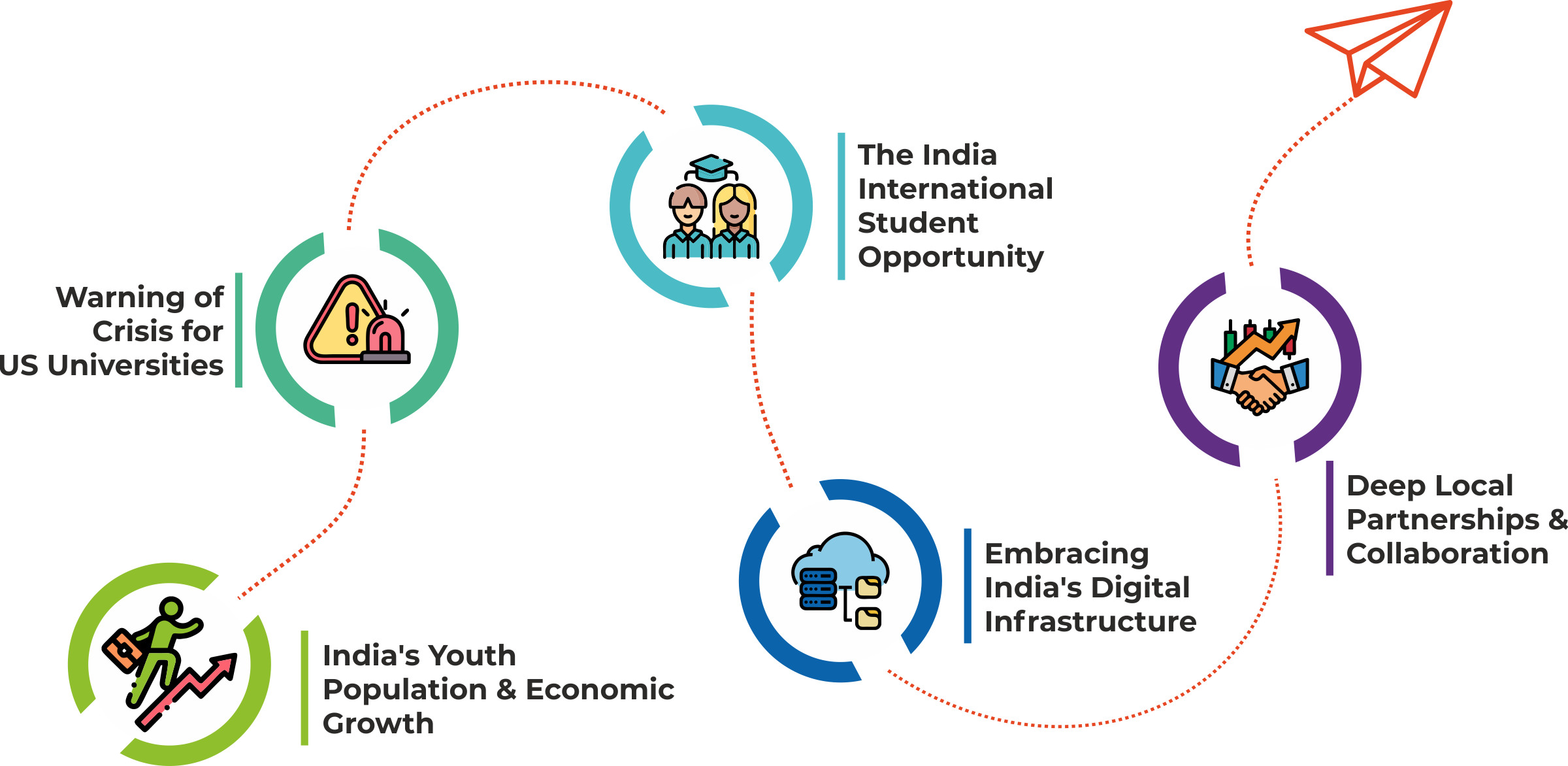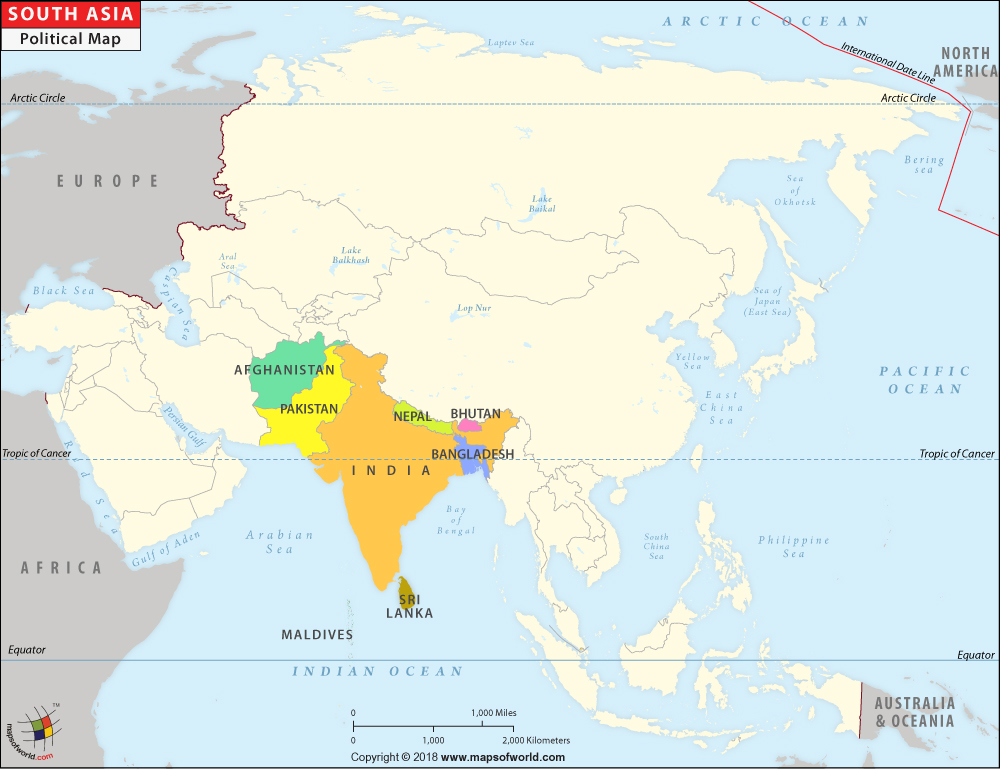Harnessing India's Ascendancy in Global Education as a Matter of Existential Importance for U.S. Higher Institutions

In the ever-evolving ecosystem of higher education, universities must continually adapt or risk becoming irrelevant. One burgeoning trend that U.S. universities cannot afford to ignore is the rising significance of India in global education. The nation's expansive youth population and rapid digital growth present an unprecedented opportunity, making India not just a desirable market, but a crucial element for U.S. universities' survival and future growth.
India is poised to have the world's largest youth population by 2025, with approximately 300 million people between 18-23 years old, according to the United Nations. This, coupled with India's expected emergence as the third largest economy globally by 2030 (World Bank), solidifies its position as a vital stakeholder in the global education arena.
Michael Horn, co-founder of the Clayton Christensen Institute and a prominent voice on disruptive innovation in education, provides a dire warning: "Without a shift in strategy, many U.S. universities are on the brink of a crisis. They face increasing competition from overseas institutions, changing immigration policies, and declining domestic enrolments. To survive and thrive, they need to be where the students are - and increasingly, that’s India."
Indeed, the Open Doors 2022 report revealed that India sent the second largest number of international students to the U.S., injecting around $7.6 billion into the U.S. economy in 2021. Yet, shifting geopolitics and growing competition have seen a decline in these numbers.
Ensuring a solid presence in India necessitates more than brick-and-mortar campuses. It means fully embracing India's surging digital infrastructure, predicted to encompass over 90% of the nation's population by 2023 (Datareportal). A robust digital presence in India allows U.S. universities to partner with local tech companies and EdTech startups to provide innovative online education solutions.
Deep local partnerships with Indian institutions can also catalyze an exchange of ideas, foster joint research initiatives, and enable faculty collaborations. It paves the way for a more diversified academic environment, strengthening the adaptability of U.S. universities and enriching global academic discourse.
As Dr. Raghuram Rajan, former Governor of the Reserve Bank of India, advocates, "India's unquenchable thirst for quality education and its rich intellectual heritage can significantly contribute to a more interconnected global academic fabric."
In today's interconnected world, the survival and success of higher education hinge on cross-border alliances. Establishing a round-the-clock presence and deep local partnerships in India is not merely a beneficial strategy for U.S. universities - it is a matter of existential importance. In embracing this shift, universities will be ensuring their own relevance and progress while also contributing to a more inclusive and innovative global higher education system.


